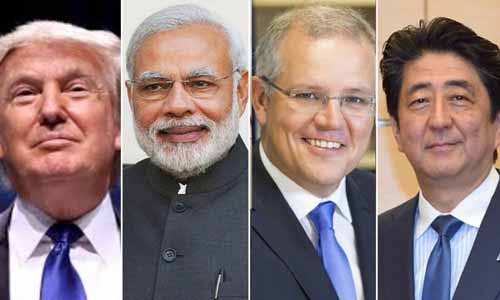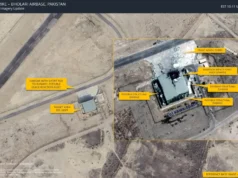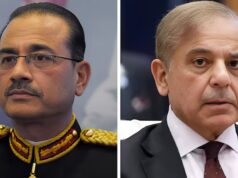India, US, Japan set for Malabar exercise; Quad to meet in New York

The 23rd edition of the top-notch “Malabar” naval exercise among India, the US and Japan kicks off Sasebo in Japan on Wednesday
India has been against any militarisation of the Quad, much like it was even opposed to upgrading it to a ministerial-level dialogue till now, to not needlessly antagonise a prickly China.
As the first-ever “Quad” meeting at the foreign minister-level takes place on the sidelines of the UN general assembly in New York this week, warships and aircraft from three of the countries are amassing over 7,100 miles away in the Western Pacific for high-voltage wargames that have often irked China.
The 23rd edition of the top-notch “Malabar” naval exercise among India, the US and Japan kicks off Sasebo in Japan on Wednesday, with Australia being the sole “Quad” member not involved in the 10-day wargames.
Indian defence establishment sources say India has separately cranked up military ties with Australia, which saw the two countries conduct their biggest-ever naval exercise called “AusIndEx” to “build inter-operability” off the Visakhapatnam coast in April this year.
“So, willy-nilly, there is already a military dimension to the Quad, a group of like-minded democracies who are for a free, open and rules-based order in the Indian Ocean Region, South China Sea or elsewhere, as opposed to an aggressive China in the Indo-Pacific,” said a source.
India has been against any militarisation of the Quad, much like it was even opposed to upgrading it to a ministerial-level dialogue till now, to not needlessly antagonise a prickly China.
In 2007, for instance, Beijing objected to the Malabar exercise in the Bay of Bengal because it was expanded to include Japan, Australia and Singapore as well. While Japan has now become a regular participant in Malabar, India has not agreed to include Australia just yet.
For the latest Malabar, India has sent its 6,100-tonne stealth frigate INS Sahyadari, anti-submarine warfare corvette INS Kiltan and Poseidon-8I long-range maritime patrol aircraft. “This is the first time one of our P-8I aircraft has been deployed to Japan,” said another source.
The US, in turn, is fielding Arleigh Burke-class destroyer USS McCampbell, amphibious warship USS Green Bay and a Los Angeles class nuclear fast attack submarine, while Japan has the 27,000-tonne Izumo-class helicopter carrier JS Kaga, destroyer Samidare and crusier Chokai.
“With anti-submarine warfare being an important element in Malabar, all three countries are deploying their maritime patrol aircraft equipped with radars, missiles and torpedoes. India and the US operate different variants of the P-8 aircraft, while Japan has the Kawasaki P-1,” said the source.
The Malabar, incidentally, comes soon after India held its first tri-lateral naval exercise with Singapore and Thailand in the Andaman Sea earlier this month. “The aim is to ensure unhindered shipping through the Malacca Strait. Other regional navies could also join the exercise from next year,” he added.
With an eye firmly on China, India has also progressively upgraded its military ties with Asean countries like Singapore, Vietnam, Myanmar, Malaysia, Indonesia and Thailand. As for the contentious South China Sea, where China has shown expansionist behaviour, India has repeatedly stressed the need for all to respect the freedom of navigation in international waters, right of passage and overflight in accordance with the 1982 UN Convention on the Law of the Sea.




